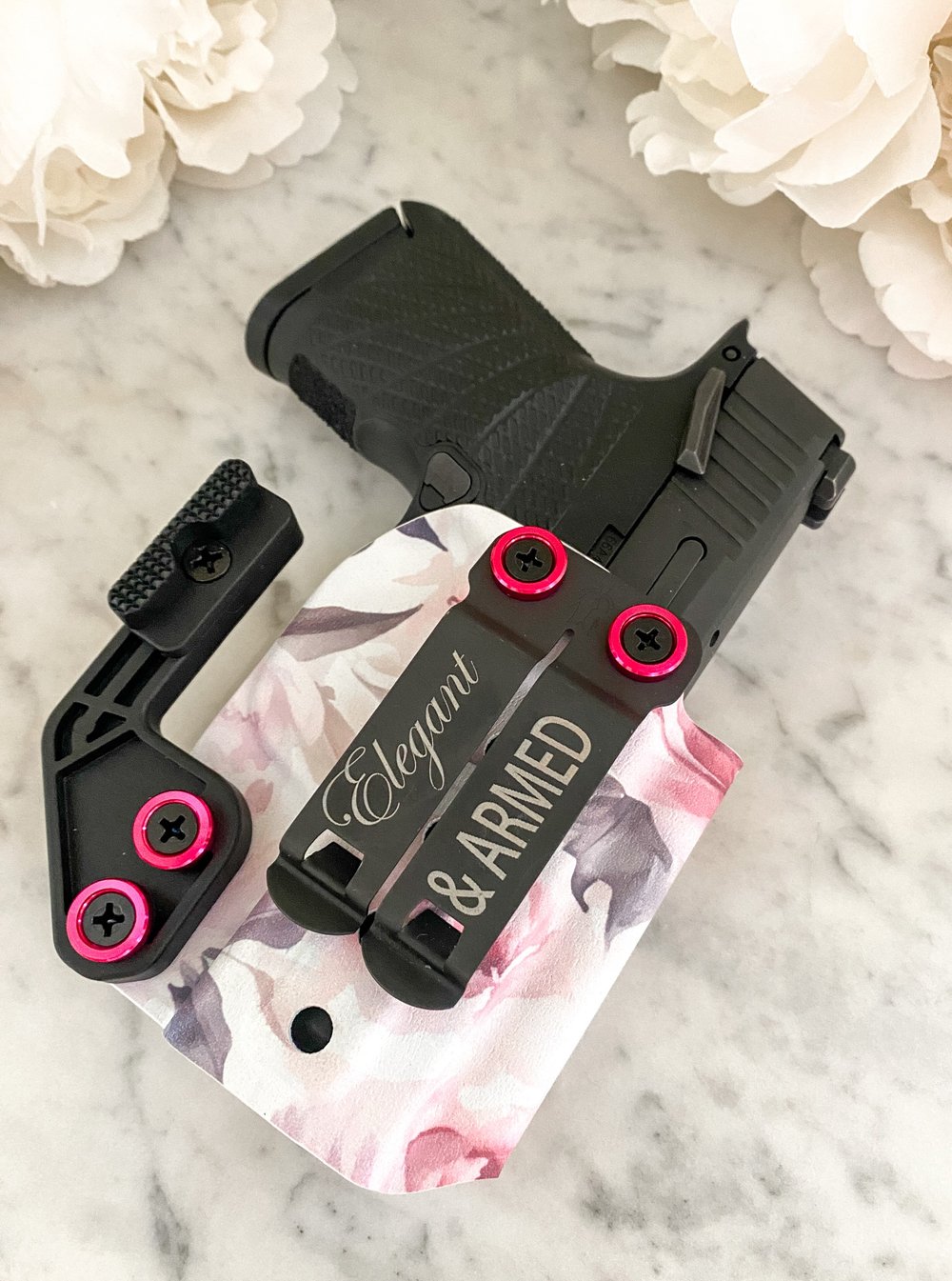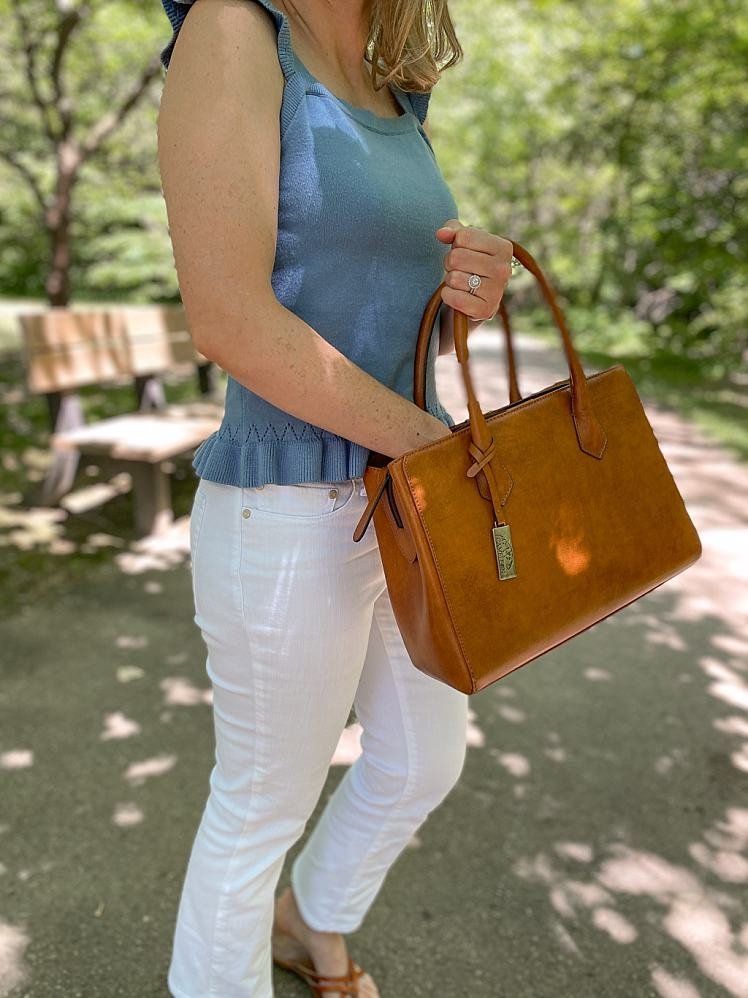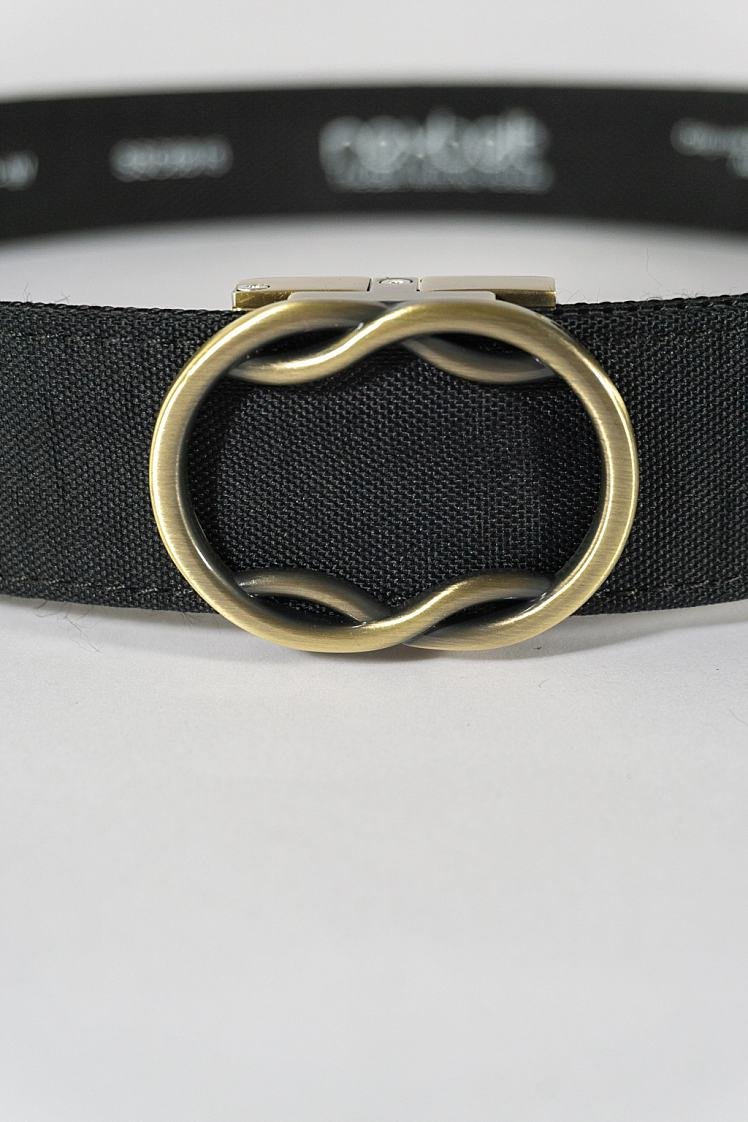Which Popular Concealed Carry Gun has the Most Recoil?
Share
This is the most common question I hear when I bring a new shooter to the range, and understandably. Having an idea of what to expect is comforting, so you’re not surprised by the blast.
If you’re not familiar with recoil, it’s the amount of energy transmitted back to the shooter’s hands when firing. The force moves backwards and up, which is why the muzzle rises. This force can vary between guns based on factors such as weight of the firearm, the weight of the projectile, and the speed at which it leaves the muzzle. Of course, “felt recoil,” or how it actually feels to each person, differs and is subjective.
Felt recoil is an important consideration when buying a firearm. When excessive, the force can make it difficult to overcome our tendency to flinch in anticipation of the shot. It can also affect the comfort of the shooter by causing pain in your hands and affect our ability to shoot accurately. Ideally, a person would use their body to absorb the force, which allows them to quickly line up a second shot. However, good recoil management like this takes time to develop.
Looking to provide a resource for my readers, and also because I was curious, I decided to compare the recoil of several handguns that are popular for concealed carry (plus a few others) to see how they differed, even among guns that fire the same caliber bullet. I wasn’t able to come up with a method of measuring the actual force during recoil, but I did find a device that measures muzzle rise, which is a pretty good approximation for recoil.

MantisX shooting diagnostic system attached to the bottom of a Glock Magazine
I used the MantisX shooting diagnostic system, which among many other things, can measure the muzzle rise (in degrees) during live fire. The MantisX transmitter attaches to the gun and records movement during the firing process which it transmits by Bluetooth to an app on your phone. It’s a pretty cool device that has a lot of useful features but for now I’ll just focus on measurement of muzzle rise.
For this comparison I averaged the data from three, five-shot strings for each handgun. I did all the shooting myself and tried to be as consistent as possible to take shooter specific variation out of the measurement. I also threw out any obvious outlier data points, either high or low and wrote them off as either flinching or shooter fatigue. Of course, if you did this test, your results would likely come out different, but my hope is that it fairly represents the relative difference between the guns. You can see my results in the following table.

Updated on 8/13/2020 to add, Taurus G2C
Observations:
The Walther P22 shoots the lowest caliber in this group (.22 lr), the next most powerful bullet is the .380acp, then 9mm, then .45acp. I found it interesting that while the Ruger LCP shoots .380 acp, it was not the lowest recoil gun. Being the smallest and most lightweight gun in the group, it transferred more recoil to the shooter even though firing a less powerful bullet.
Among the 9mm guns there was significant variation in muzzle rise; the Glock 43 recoiling 63 percent more than the Taurus G2C. Since the ammunition used in comparing these guns was identical all the variation is in the weight and other design elements of the gun. A heavier gun has more mass to help absorb recoil, but I think it’s noteworthy is that the heaviest gun, the Glock 19, didn’t have the lowest muzzle rise.
Most surprising to me was that measured results didn’t always align with my subjective evaluation of recoil. For example, the Taurus G2C and the LCP measured low for recoil, but I found both painful to shoot. The Glock 43 on the other hand, is listed as the highest muzzle rise, yet it was comfortable to shoot. I was also surprised that between the Glock 43 and the M&P Shield, the Glock ranked higher. To me, it felt the other way around, with the Shield feeling more lightweight and snappier, giving more muzzle bounce.

Conclusion
When it comes to muzzle rise, less is always better. Less of it makes shooting accurately and getting back on target quickly for a follow-up shot easier but it’s only one factor and certainly not the last word on recoil. This experiment has been thought-provoking. There are so many factors affecting how well you’ll shoot and enjoy a handgun that there’s no substitute for trying a variety of them before buying one. If you have experience with one of the guns in my test group perhaps my experiment will encourage you to try out one of the other models. If you’ve been struggling with the gun you already own, I hope these results will give you some added perspective on why and reveal some other options to try.
“Chime-In!”
So, what do you think? Did you find this comparison useful?
Are there other guns you’d like me to add to the list?







